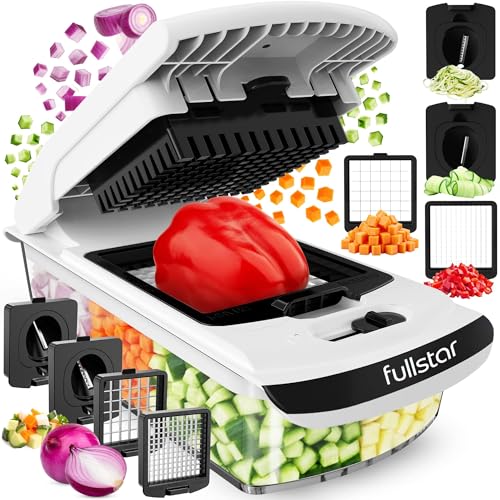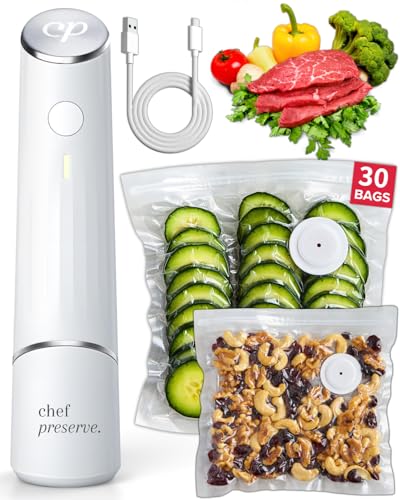Exploring the Solar System: Create Your Own Planetarium

Creating a planetarium is an exciting project that allows kids to explore the solar system in a fun, interactive way. In this dish, you’ll be crafting a miniature planetarium using simple materials that will help visualize the planets and stars, igniting curiosity about space. This engaging activity is perfect for a science fair or a fun educational day at home!
| Ingredients | Quantity |
|---|---|
| Cardboard box | 1 (large enough to fit your hand) |
| Black paint or black paper | 1 (for the interior) |
| Star and planet templates | Various |
| Pen or pencil | 1 |
| Scissors | 1 pair |
| Push pins or small nails | A handful |
| Battery-operated LED lights | 1 or more, as needed |
| Tape or glue | As needed |
| Clear plastic sheet | Optional, for the lid |
Cooking Steps:
- Prepare the cardboard box by painting the interior black or lining it with black paper to mimic the night sky.
- Cut out stars and planets from the templates and attach them to the interior walls of the box using push pins or small nails.
- If desired, cover the top with a clear plastic sheet to create a “lid” for your planetarium.
- Insert the battery-operated LED lights to illuminate your creation from within.
- Finish by turning on the lights and observing how the stars and planets shine in your home-made planetarium!
- The Original Pro Chopper - Our superstar veggie slicer has been creating waves on TikTok! Simple to use,...
- Easy Meal Prep with Rust-Resistant Blades - Our vegetable chopper is perfect for anyone who wants to eat...
- 5-Star Design - The soft-grip TPU handle ensures controlled chopping, while the non-skid rubber base...
The Power of Photosynthesis: DIY Solar-Powered Plant

The DIY Solar-Powered Plant project is a fantastic way for kids to learn about the power of photosynthesis and renewable energy. By creating a simple solar-powered plant, young scientists will not only understand how plants harness sunlight but also gain hands-on experience with solar energy technology. This engaging project combines creativity with science, making it perfect for a science fair or an educational home activity!
| Ingredients | Quantity |
|---|---|
| Small plant (e.g., succulent) | 1 |
| Solar garden light | 1 |
| Small pot with drainage holes | 1 |
| Potting soil | As needed |
| Decorative stones or gravel | Optional |
| Water | As needed |
Cooking Steps:
- Start by placing the small plant into the pot, filling it with potting soil, and adding water as necessary.
- Take the solar garden light and remove the top section, which should contain the solar panel and LED light.
- Position the garden light in the pot so that the solar panel is exposed to sunlight while ensuring the light points above the plant.
- Decorate the pot with decorative stones or gravel if desired to enhance the overall appearance.
- Place your solar-powered plant in a sunny location, allowing it to absorb energy and thrive while demonstrating the principles of photosynthesis and renewable energy!
- Makes Everything Simple : Just forget your bagged cheese! Only turn the handle for several times and get...
- Premium Material : All parts of the rotary cheese grater are made of food grade ABS material, no BPA. The...
- Three Option Grater : The parmesan cheese grater finishes food preparation with slicing, shredding and...
The Science of Sound: Building a Simple Musical Instrument
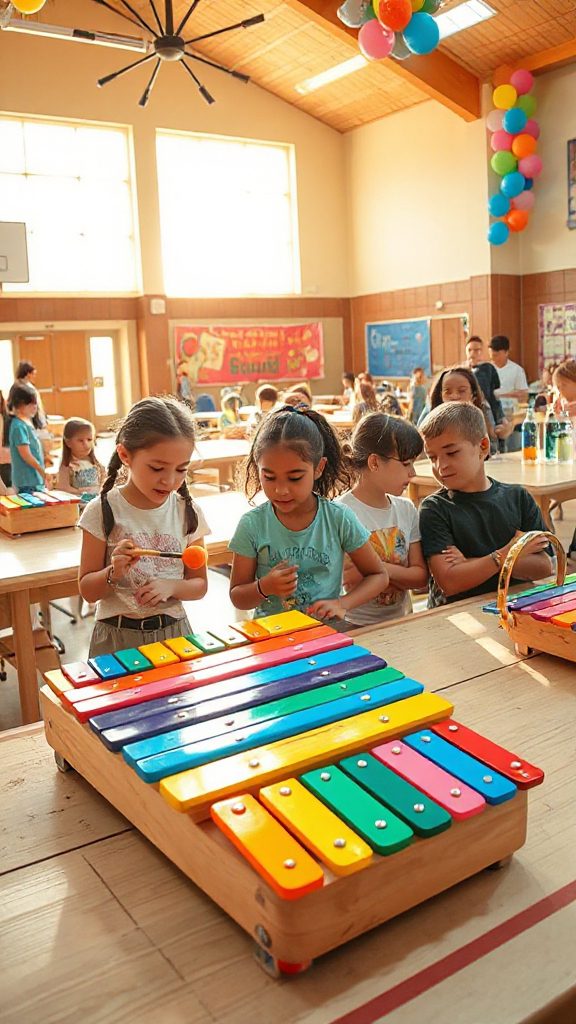
The Science of Sound: Building a Simple Musical Instrument project allows kids to explore the fascinating world of sound waves and musical tones. By constructing their own musical instrument, such as a simple marimba or xylophone using household materials, children can discover how sound is produced, how different materials affect pitch, and the joy of creating music.
| Ingredients | Quantity |
|---|---|
| Wooden blocks or plastic cups | 8-10 |
| Wooden dowels or chopsticks | 2 |
| Rubber bands | 2-4 |
| A sturdy base (cardboard/plank) | 1 |
| Hammer or mallet (for tuning) | 1 |
| Decorations (optional) | As desired |
Cooking Steps:
- Arrange the wooden blocks or plastic cups in a row on the sturdy base, leaving space between each for sound resonance.
- Use rubber bands to secure the wooden dowels or chopsticks under the blocks/cups; make sure they are tight enough to create tension.
- Adjust the distance between the blocks or cups to achieve different pitches; shorter distances will create higher sounds.
- Use a hammer or mallet gently to strike the tops of the blocks/cups and listen to the different sounds produced.
- Decorate your instrument if desired, and then enjoy playing music with your newly created musical instrument!
- 💰 REDUCE WASTE AND SAVE MONEY: Chef Preserve keeps FOOD FRESH 5 TIMES LONGER than non-vacuum storage...
- ✅ POWERFUL, QUICK & EASY TO USE: Simply press the button to start. The device vacuum seals a bag in 5...
- ♻️ REUSABLE & RESEALABLE BAGS: Chef Preserve comes with dishwasher, freezer, refrigerator, and...
The Magic of Magnetism: Create a Hovercraft
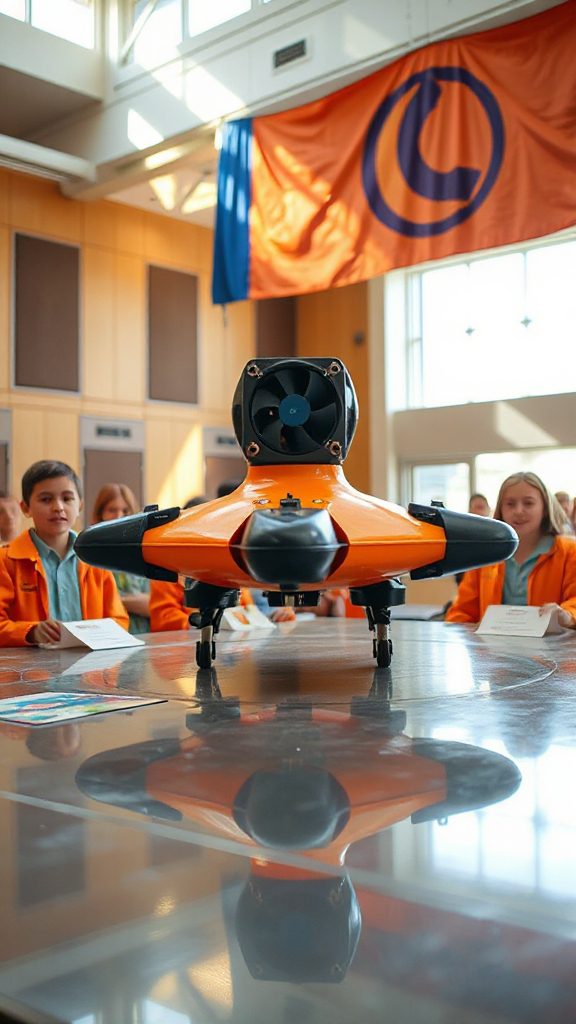
The Magic of Magnetism: Create a Hovercraft project introduces kids to the fascinating world of magnets and their application in technology. By building a simple hovercraft using common materials, children can learn about the principles of magnetic repulsion, friction reduction, and the fun of creating a vehicle that floats on a cushion of air.
| Ingredients | Quantity |
|---|---|
| CD or DVD | 1 |
| Balloon | 1 |
| Hot glue gun or strong adhesive | As needed |
| Small plastic bottle cap | 1 |
| Scissors | 1 pair |
| Pens or markers (for decorating) | As desired |
Cooking Steps:
- Carefully glue the plastic bottle cap to the center of the CD or DVD, ensuring it is secure and creating a small hole for air release.
- Inflate the balloon and twist the opening to keep the air in; then, carefully stretch the balloon over the bottle cap.
- Place your hovercraft on a smooth flat surface and release the twist on the balloon to let air escape, allowing it to hover.
- Decorate your hovercraft with pens or markers as desired; then enjoy watching it glide!
- Generous Capacity: 7-quart slow cooker that comfortably serves 9+ people or fits a 7-pound roast
- Cooking Flexibility: High or low slow cooking settings, with convenient warm function for ideal serving...
- Convenient: Set it and forget it feature enables you to cook while at work or performing daily tasks
Chemical Reactions: Make Your Own Volcano

Creating a DIY volcano is a fantastic way for kids to explore chemical reactions in a fun and engaging manner. This explosive project demonstrates how baking soda and vinegar interact to produce carbon dioxide gas, resulting in a bubbly eruption that mimics a volcanic explosion. This project is not only educational but also encourages creativity since children can design and decorate their volcano to make it their own.
| Ingredients | Quantity |
|---|---|
| Baking soda | 1/4 cup |
| Vinegar | 1/2 cup |
| Dish soap | 1 tablespoon |
| Food coloring (optional) | A few drops |
| Container or bottle (for volcano) | 1 |
| Tray (to catch overflow) | 1 |
Cooking Steps:
- Place the container or bottle on the tray to catch any spills.
- Add the baking soda into the container.
- In a separate cup, mix the vinegar with a few drops of dish soap and food coloring if desired.
- Pour the vinegar mixture into the container with baking soda and watch your volcano erupt!
- 100% Leak-proof: Guaranteed no-spill seal and secure latches
- Crystal-clear Tritan Built: Stain-resistant and odor-resistant material for a clear view of contents
- Lightweight & Sturdy: Easy to carry, yet durable for everyday use
The Mystery of Motion: Investigating Friction With Toy Cars
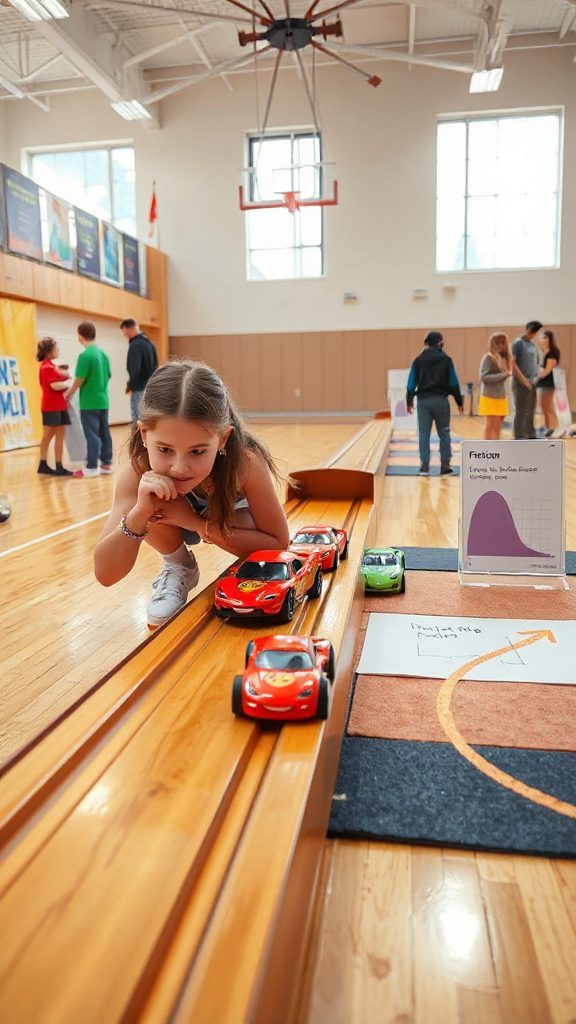
The Mystery of Motion: Investigating Friction With Toy Cars is an exciting hands-on science project for kids that explores how friction affects the movement of toy cars. By creating ramps with different surfaces, children can observe how the texture and materials can change the distance and speed that a toy car travels. This project is not only educational but also allows kids to experiment and have fun while learning about the principles of physics.
| Ingredients | Quantity |
|---|---|
| Toy cars | 2-3 |
| Ramps (cardboard, wood, etc.) | 2-3 different types |
| Measuring tape | 1 |
| Sandpaper | 1 sheet |
| Carpet sample | 1 piece |
| Smooth plastic or metal sheet | 1 piece |
| Stopwatch | 1 |
Cooking Steps:
- Set up the ramps at different angles and surfaces (e.g., cardboard, sandpaper, carpet, and smooth sheet).
- Place the toy car at the top of the ramp and release it without pushing.
- Measure the distance traveled by the car using the measuring tape.
- Record the time it takes for the car to reach the bottom of the ramp with the stopwatch.
- Repeat the experiment for each type of surface, comparing distances and times.
- Discuss the effects of friction based on your observations.
- 𝗘𝗳𝗳𝗼𝗿𝘁𝗹𝗲𝘀𝘀 𝗪𝗲𝗶𝗴𝗵𝗶𝗻𝗴: Supports 5 units...
- 𝗣𝗿𝗲𝗰𝗶𝘀𝗲 𝗥𝗲𝘀𝘂𝗹𝘁𝘀: Accurately weighs up to 11 lb/5 kg with 1 g...
- 𝗦𝗶𝗺𝗽𝗹𝗲 & 𝗖𝗼𝗺𝗽𝗮𝗰𝘁: The small and sleek scale is a perfect fit for...
Water Purification: Design a Homemade Water Filter
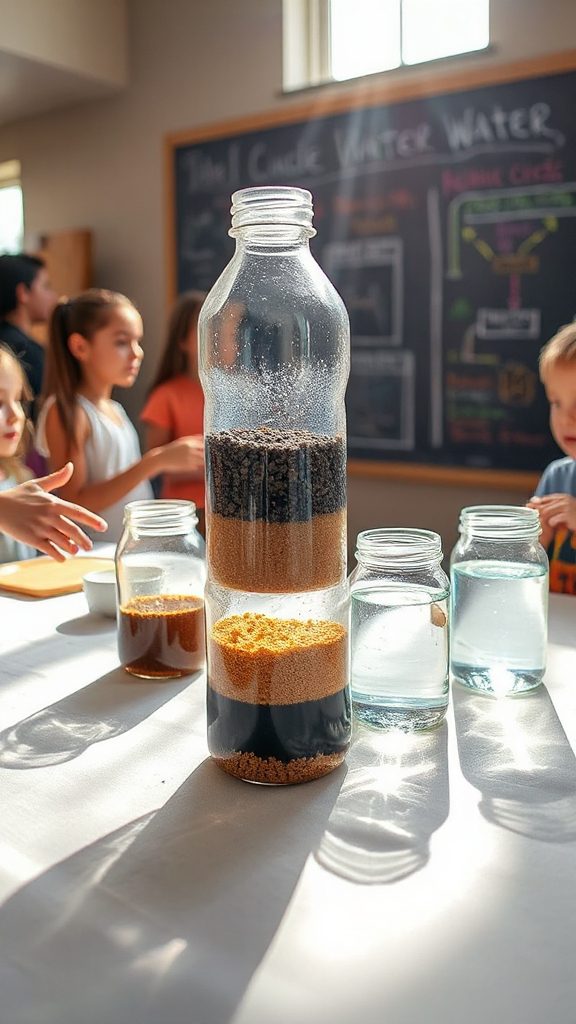
Water Purification: Design a Homemade Water Filter is a fascinating and educational project that allows kids to explore the science behind clean drinking water. By creating a simple water filter using common household materials, children can learn about filtration and purification processes, as well as the importance of water cleanliness. This hands-on experiment not only teaches kids about water safety, but it also encourages creativity and problem-solving as they design their own unique filtering systems.
| Ingredients | Quantity |
|---|---|
| Plastic bottle (cut in half) | 1 |
| Coffee filter or cotton balls | 1-2 |
| Sand | 1 cup |
| Gravel | 1 cup |
| Activated charcoal | 1 cup |
| Dirty water (mixed with soil or other impurities) | 1 liter |
| Clean container | 1 |
Cooking Steps:
- Take the plastic bottle and place it upside down (the spout should be at the bottom).
- Layer the coffee filter or cotton balls at the neck of the bottle to prevent other materials from escaping.
- Add a layer of activated charcoal on top of the coffee filter, followed by a layer of sand, and then a layer of gravel.
- Carefully pour the dirty water into the bottle, allowing it to filter through the layers.
- Collect the filtered water in a clean container and observe the difference.
- Discuss the effectiveness of the water filter and what improvements can be made for better purification.
- Instant Read Food Thermometer | Our instant read thermometer features a temperature probe and advanced,...
- Multi-Use | From bbq thermometer to baking thermometer, our digital food thermometer for cooking is...
- Easy-Read Digital Thermometer For Cooking | Large instant thermometer dial with bright blue backlight...
The World of Microbes: Growing Bacteria on Agar Plates

The World of Microbes: Growing Bacteria on Agar Plates is an intriguing science experiment that allows kids to observe and learn about microorganisms. This project involves cultivating bacteria on petri dishes filled with agar, a gel-like substance. By introducing different types of samples (like soil, surfaces, or food) onto the agar, children can visualize and study the growth of bacteria, helping them understand the microscopic world that exists around them and the role of microbes in our environment.
| Ingredients | Quantity |
|---|---|
| Agar powder | 1 packet (25g) |
| Distilled water | 1 liter |
| Petri dishes | 5-10 |
| Sterile swabs | 5-10 |
| Samples for testing (e.g. soil, kitchen surfaces, etc.) | Various |
| Marker or labels | For marking samples |
Cooking Steps:
- Start by preparing the agar mixture by boiling distilled water and dissolving the agar powder according to the package instructions.
- Once mixed, let the agar cool slightly before pouring it into sterile petri dishes, filling them about halfway.
- Allow the agar to solidify at room temperature, which may take a few hours.
- Using sterile swabs, collect samples from different locations or items you wish to test (like food or surfaces).
- Gently rub the swab onto the surface of the solidified agar in the petri dish.
- Close the petri dish and label it with the sample source and date.
- Store the dishes in a warm place and observe any bacterial growth over the next several days, recording your findings.
- Versatile 54-Piece Collection: Elevate your kitchen with the Home Hero 54-Piece Kitchen Utensil Set, a...
- Durable and Long-Lasting: Crafted from premium stainless steel, these kitchen utensils are designed to...
- Perfect Holiday Gift: Delight your loved ones with this kitchen utensils gift set this festive season....
The Importance of Recycling: Building a Mini Compost Bin
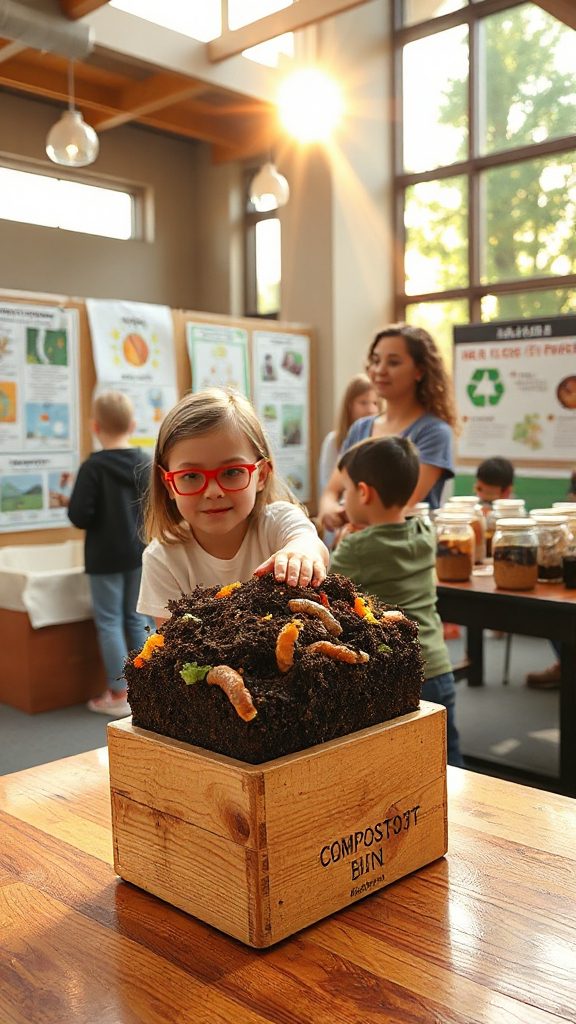
Building a mini compost bin is an excellent project that teaches kids the value of recycling organic waste and the importance of creating nutrient-rich soil for plants. This hands-on experiment allows children to learn about decomposition, the role of microorganisms in breaking down waste, and how composting contributes to a healthier environment. By creating their own mini compost bin, kids can see firsthand how food scraps and yard waste can be transformed into compost, demonstrating the benefits of recycling and sustainable practices.
| Ingredients | Quantity |
|---|---|
| Small plastic container or bin | 1 (with a lid) |
| Brown materials (e.g., dry leaves, cardboard) | 1 part |
| Green materials (e.g., vegetable scraps, grass clippings) | 1 part |
| Water | Enough to moisten |
| Garden soil | 1 cup |
| Optional: composting worms | 1 small batch |
Cooking Steps:
- Start by selecting a small plastic container or bin with a lid. Confirm it has ventilation holes for air circulation.
- Layer the bottom of the bin with brown materials, followed by a layer of green materials.
- Sprinkle a little garden soil over the green materials to introduce beneficial microorganisms.
- Moisten the mixture slightly with water, confirming it’s damp but not soggy.
- Continue alternating layers of brown and green materials until the bin is filled.
- Close the lid and place the compost bin in a warm, dry location, turning the compost every few weeks.
- Monitor the composting process and observe how organic waste breaks down over time, turning into rich compost.
- 24-ounce insulated stainless-steel water bottle with a FreeSip spout and push-button lid with lock
- Patented FreeSip spout designed for either sipping upright through the built-in straw or tilting back to...
- Protective push-to-open lid keeps spout clean; convenient carry loop doubles as a lock
Exploring Density: Creating a Rainbow in a Jar
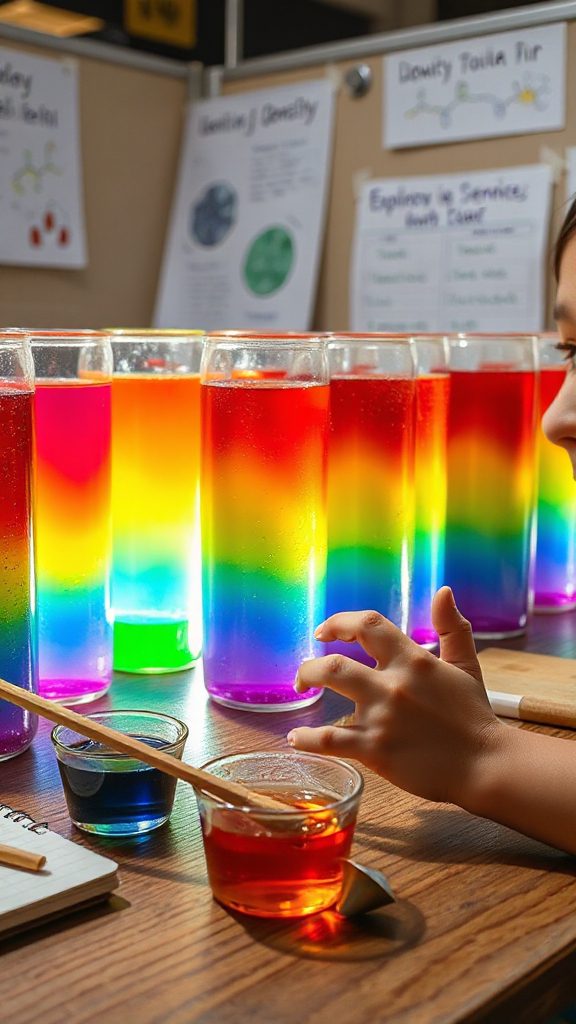
Creating a visually stunning Rainbow in a Jar is an engaging science experiment that explores the concept of density. This fun and colorful project allows kids to learn about how different liquids can layer based on their density, creating the illusion of a rainbow. By using everyday materials, children can observe how liquids interact and understand the principles of density in a hands-on way.
| Ingredients | Quantity |
|---|---|
| Water | 1 cup (divided into 5 parts) |
| Sugar | 1/2 cup (for the colored layers) |
| Food coloring | 5 different colors |
| Corn syrup | 1/4 cup |
| Vegetable oil | 1/4 cup |
| Rubbing alcohol | 1/4 cup |
Cooking Steps:
- Prepare five cups of water, adding 1/2 cup of sugar to each cup and stirring until dissolved.
- Add different food coloring to each cup to create five colorful solutions.
- In a clear jar, carefully pour the colored solutions in the following order: start with the most dense (syrup), then gently layer the colored water solutions, followed by the vegetable oil, and finish with the rubbing alcohol on top.
- Pour each liquid slowly and carefully along the side of the jar or over the back of a spoon to minimize mixing and maintain distinct layers.
- Once complete, observe the beautiful rainbow and discuss how the density of each liquid affects the layering.
The Science of Heat: Investigating Insulation With Egg Drop Challenge
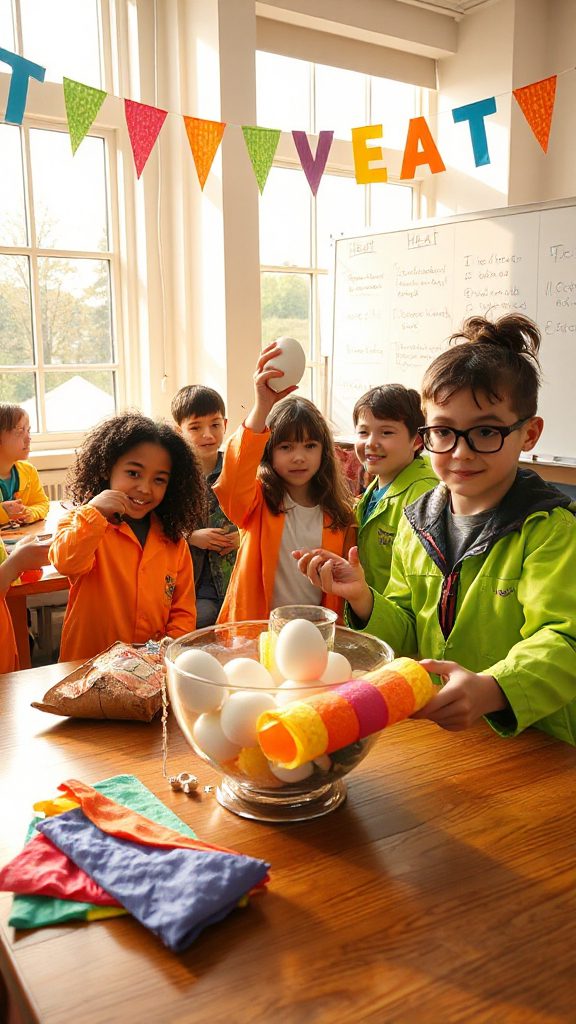
The Egg Drop Challenge is an exciting and educational experiment that teaches kids about insulation, impact resistance, and the principles of physics. In this activity, participants must design a container that can protect an eggshell from breaking when dropped from a certain height. By exploring various materials and their insulating properties, children learn about heat transfer and the importance of protective systems.
| Ingredients | Quantity |
|---|---|
| Raw eggs | 1 per team (or participant) |
| Plastic bags | 1 or more (for cushioning) |
| Straws | 10 |
| Cotton balls | 1 cup |
| Bubble wrap | 1 sheet |
| Tape | 1 roll |
| Cardboard or paper | 1 sheet |
| Scissors | 1 pair (for cutting) |
Cooking Steps:
- Gather all materials and brainstorm a design that will effectively protect your egg.
- Use the cardboard or paper to create a base for your egg container.
- Layer materials such as cotton balls and bubble wrap inside the container to cushion the egg.
- Secure the egg in place using plastic bags or additional layers of materials.
- Use tape and straws to reinforce your structure and guarantee the egg is well-protected.
- Once completed, conduct the drop test from a pre-determined height and observe the results.

